A network is a set of devices that connect together to share resources or information. This can be as simple as your PC connecting to a printer, or as complex as the entire internet.
Networking is a deep and multi-layered (no pun intended!) topic with a lot of complexity. For the everyday home user, the acronyms and technical jargon can be overwhelming. Here we’ll walk through five common types of networks and break them down for those who have never looked at networks before.
--
Local Area Network (LAN)
A LAN is a network of devices connected across short distances, all located within a single, defined area. For example, this could be the network within a household or a business, or even cover an area as diverse as a college campus.
The LAN in your home could consist of several smart and IoT devices, like smart light bulbs and a WiFi video doorbell, even your smart TV, plus all of your traditional devices including PCs, laptops and smartphones.
The network hardware required to facilitate a LAN will be simple, often consisting of only a single ISP-provided multi-purpose device serving as a router, perhaps with some switching capabilities.
Wireless Local Area Network (WLAN)
A wireless local area network can be considered a subcategory of regular local area networks. By definition, in order to be within range of a wireless access point, a device must be local to that access point. Wireless networks differ, though, in that they use the air as a shared hub through which they transmit data as opposed to discrete cabling. We know this, of course, as WiFi.
Whilst you’d have a single physical local area network, you can configure multiple WLANs within a small area by using separate sub-bands of frequencies. These are known as ‘channels’ and can be chosen within your router settings. If you’ve ever tried changing the channel on which your home WiFi is broadcasting, at the recommendation of an online ‘improve home internet speeds’ guide, this is what you’ve been doing.
The network hardware required to create a WLAN will be much the same as for a typical LAN, but here wireless access points will be essential. That same ISP-provided device will often serve as an access point itself, but larger homes and offices will need additional access points dotted around to prevent zones of weak connectivity, each connected to the router via network cables and network switches.
Wide Area Network (WAN)
Instead of connecting local devices, a WAN connects multiple smaller networks over larger distances. This opens up a vast range of new opportunities for computers to share data and information.
WANs are more complicated to set up and maintain, requiring collaboration from a number of stakeholders to keep the network stable and usable, but they are at the core of all our information transfer, and we’ve been able to build incredible things because of it.
The internet itself is a WAN (the widest there is) and is a global network connecting billions of devices.
The network hardware involved here is scaled up in every way possible. Fibre optic cables and copper lines, as well as huge server arrays are required to connect so many devices.
Virtual Private Network (VPN)
A VPN offers a unique combination of privacy and remote access. When you use a VPN, you can send and receive data as if you were a part of a private network, even though you are doing so from a different location.
There are two principal applications for this:
First, for businesses that need to provide secure access to their private network to staff working remotely.
Second, users can effectively create a virtual network, ‘become’ a part of it and appear to the wider internet as part of that virtual network. This creates a method of masking your identity and true IP address/location when you’re interacting with public networks. This offers tremendous value in terms of privacy and internet security.
An entire industry has sprung up around this second breed of VPN, helping internet users to hide their personal data from protocols that try to track them and store that information. VPNs give you an internet proxy that offers you the use of the public internet without identifying yourself.
Virtual Local Network (VLAN)
A VLAN is a subnetwork that takes groups of devices on a larger network and creates a virtual LAN for those devices, effectively separating them from the other devices on the network. This achieves the same ends as WLANs are able to achieve naturally through the use of separate channels and lends a LAN much more flexibility.
This is most commonly used in businesses when they try to categorise certain groups of people and/or devices to more efficiently manage data. In practice, this is accomplished through a process called VLAN tagging which labels packets to identify them as they enter a port. This allows for sophisticated communication protocols to exist that can be configured to the unique use case of that particular business.
Whilst the network hardware involved here is no different from a regular LAN, you’ll need a business-grade router with features including, of course, VLAN tagging to be able to create VLANs.
--
We hope this helps to illuminate some of the differences between the various types of networks and how they impact individuals and organisations more generally. If you need any network hardware for your business or home, browse our stock today or contact us for expert advice.


